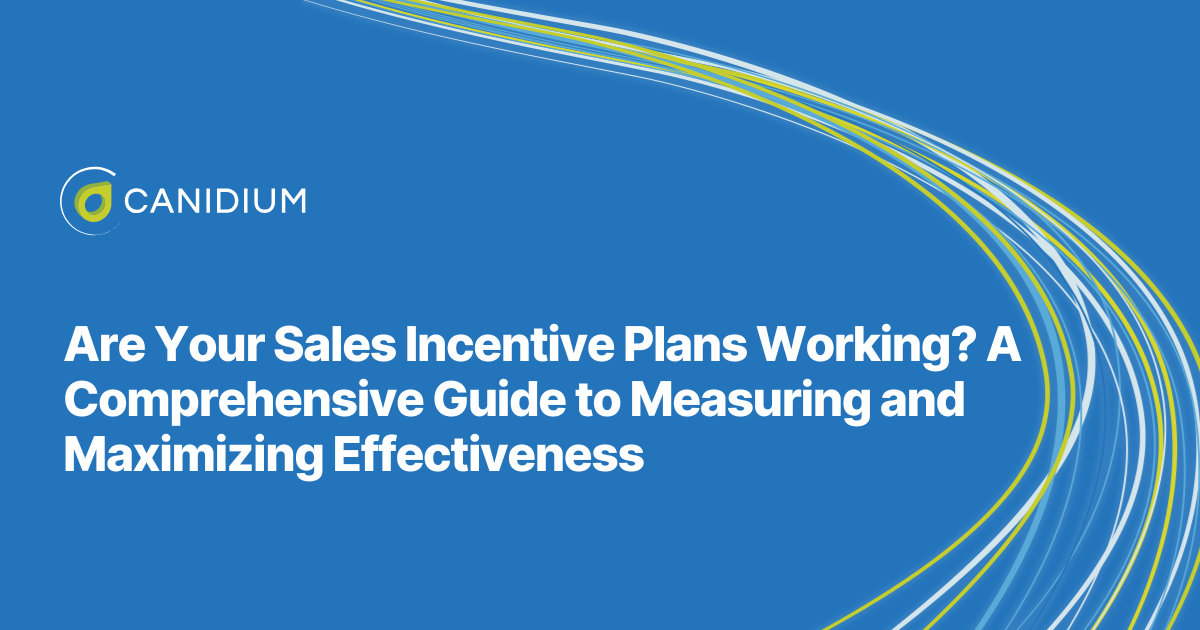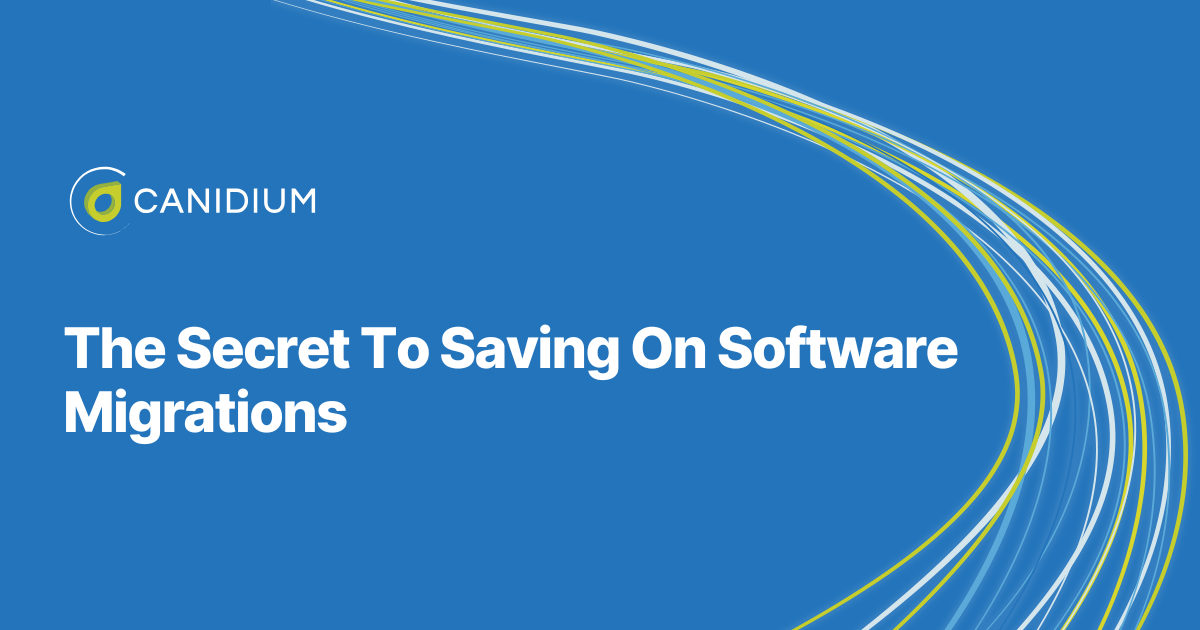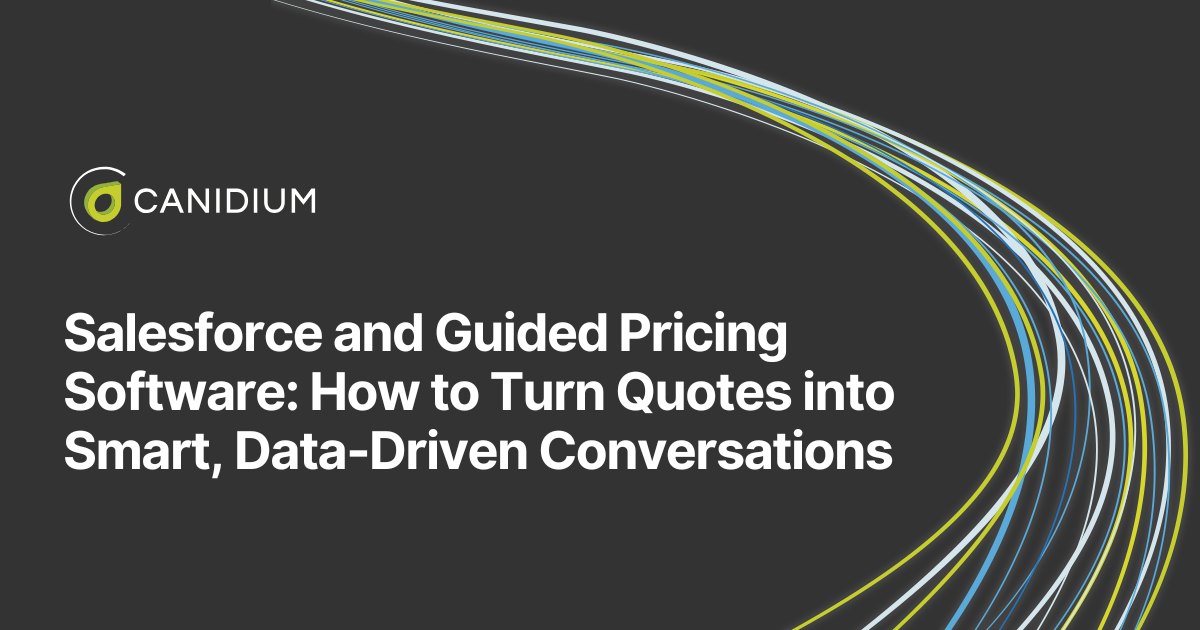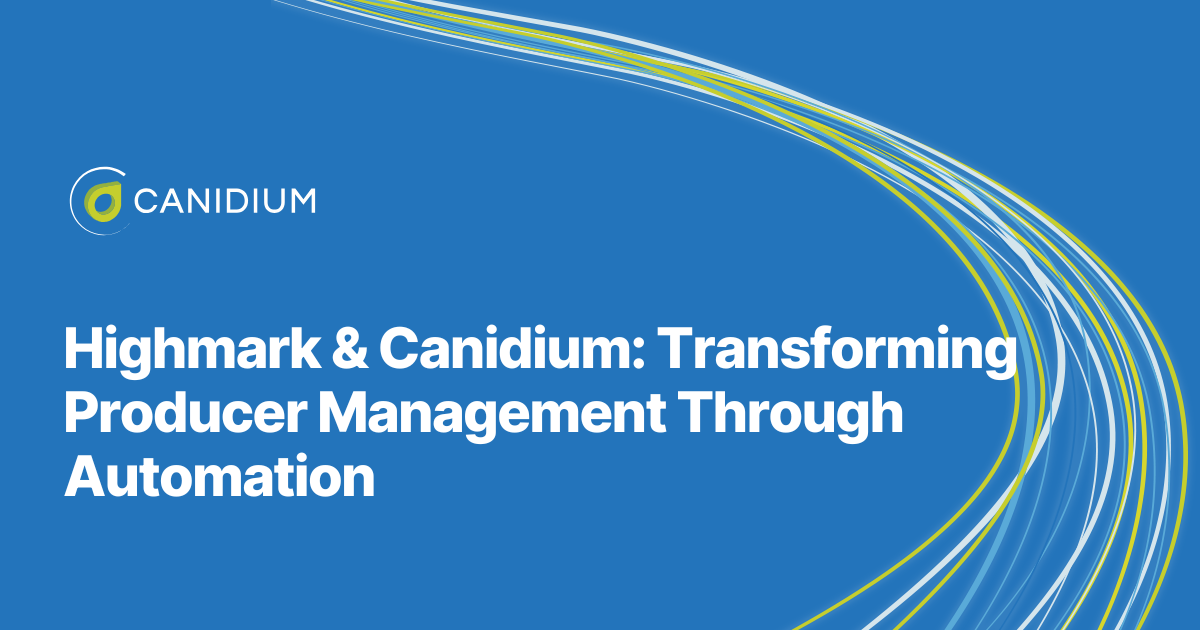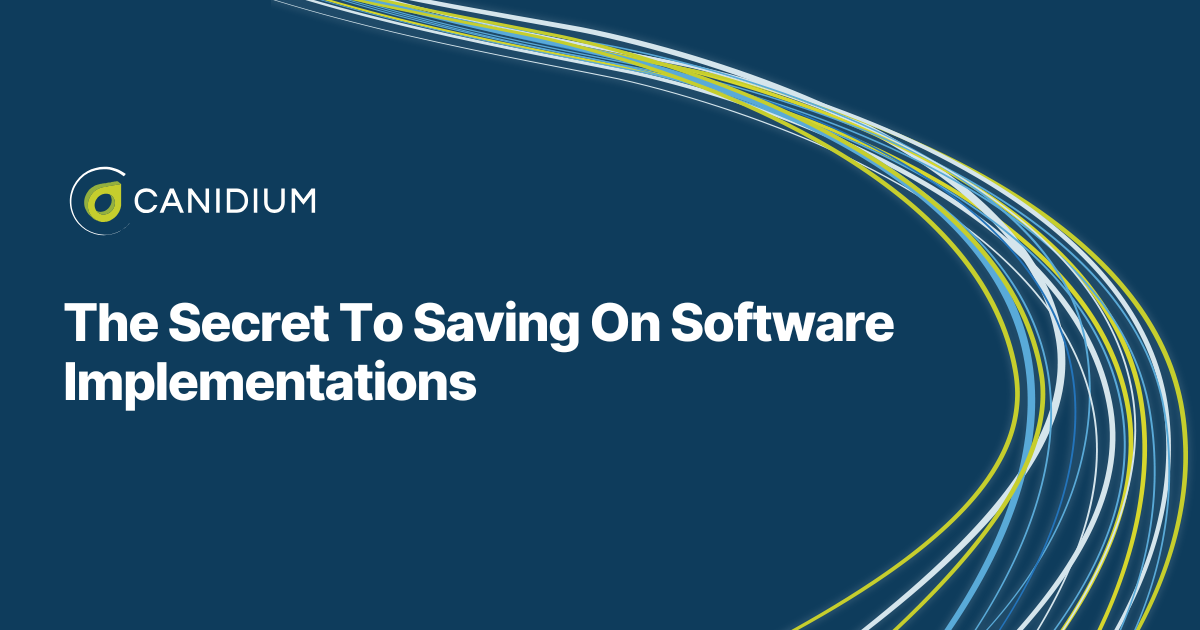Sales incentive plans can be powerful catalysts for performance. Incentives can increase employee performance by 22% and team performance by 44%, but only when they're thoughtfully designed and rigorously evaluated.
Many organizations implement incentive programs hoping to spark motivation and drive revenue, only to find that the outcomes fall short. So, how do you know if your sales incentive plans are truly working? This guide will help you explore the essential metrics, behavioral cues, and strategic questions to assess and improve the effectiveness of your sales incentives.
1. Start with a Clear Purpose
Every effective sales incentive plan starts with a clearly defined purpose. Without a solid foundation, even the most well-intentioned incentive structure can lead to confusion, misalignment, and unintended consequences. Ask yourself: What are you trying to achieve? Are you driving revenue, boosting sales of a new product, penetrating a new market, or trying to improve customer retention?
For example, imagine a software company launching a new analytics module. The leadership wants the sales team to prioritize this new product. If the incentive plan continues to heavily reward legacy product sales, reps may ignore the new solution altogether, causing the launch to falter. In this case, the incentive plan fails not because it's poorly structured, but because it's misaligned with strategic goals.
2. Tie Achievable Sales Goals to Measurable Metrics
Once the purpose is clear, it's time to define how success will be measured. Incentive plans should be data-driven. Metrics need to directly correlate with the desired outcomes. If your goal is to improve profitability, then a simple revenue target won't tell the whole story—you'll need to look at deal margins, discounting behavior, and product mix.
For instance, a medical device company might set a goal of increasing sales in underpenetrated rural markets. A suitable metric could be the number of new hospital accounts opened in those areas or revenue growth in targeted zip codes. Pairing the right metric to the right goal ensures that incentive compensation drives the behaviors that matter most to overall sales revenue.
.png?width=1920&height=1080&name=Goal%20(1).png)
3. Observe the Behavior of Sales Professionals, Not Just the Results of Sales Contests
Sales performance metrics tell you what happened. But to understand if your plan is working, you also need to look at how it happened. Are reps gaming the system? Are they prioritizing short-term wins at the expense of long-term value?
Consider a case where reps receive bonuses for the number of units sold. Some reps may start splitting large orders into multiple smaller transactions to inflate their numbers and meet sales targets. While metrics might show impressive volume, the actual business impact—efficiency, customer satisfaction, and profitability—could suffer. By focusing on behaviors alongside outcomes, you gain a more holistic view of incentive effectiveness in the sales process.
4. Listen to the Sales Team
One of the most overlooked but critical evaluation tools is direct feedback from your sales talent. Salespeople are your boots on the ground—they know whether a sales incentive scheme motivates sales activities and individual performance, or feels like a frustrating maze.
Conduct regular check-ins through surveys, interviews, or feedback sessions. Ask: Do you understand how these role-specific incentives work? Is this sales volume achievable? Does it feel fair? Imagine a scenario where a rep consistently performs at a high level but feels undercompensated due to unclear bonus structures or sales targets. Over time, that dissatisfaction can lead to disengagement or even attrition. Open feedback loops help you course-correct to a more successful sales incentive plan before bigger problems arise.
5. Audit the Sales Compensation Plan Design for Simplicity and Sales Process Alignment
Complex plans may seem sophisticated, but they often backfire. If your sales reps can't explain how they earn their commission rate in under 30 seconds, the plan is probably too complicated. Simple, transparent structures build trust and drive focus.
Take, for example, a consumer electronics firm with a tiered bonus system that includes multipliers based on region, product line, and customer satisfaction scores. Sales representatives spend more time calculating their potential payouts than selling. A redesign that consolidates these tiers into two clear bands tied directly to strategic KPIs could restore clarity on commission rates and thus boost performance.
6. Calculate The Cost of Your Sales Incentive Program vs. Its Return
Incentive plans cost money. Are they delivering a return on that investment? Look beyond top-line revenue and measure things like incentive cost as a percentage of sales or ROI per incentive dollar.
For instance, if you're spending $2 million annually on incentives but seeing only a $3 million lift in revenue, your return may not justify the cost—especially if that revenue is low-margin. On the other hand, if a targeted SPIFF campaign yields $5 million in high-margin growth for just $500,000 in payouts, that's a clear win.
7. Spot Early Warning Signs With Your Sales Compensation Plan
Certain patterns can serve as red flags, indicating the types of sales incentives you're using are missing the mark. If fewer than 40% of reps are hitting quota consistently, or if top performers are leaving, it's time to dig deeper. Other symptoms include an increase in discounting, elongated sales cycles, or managers constantly requesting exceptions to the plan.
Imagine a scenario where sales are climbing, but the average deal size is shrinking, and customer complaints are rising. This might point to reps over-promising or pushing ill-fitting solutions just to close the deal. In such cases, your incentive plan may be inadvertently encouraging behaviors that erode long-term value.
8. Run What-If Scenarios and Simulations With Your Sales Manager
Before changing or launching a new incentive plan for your sales team, simulate how it would perform using historical sales data. This exercise can uncover unintended consequences and validate design assumptions.
Let's say a SaaS company wants to shift from a revenue-based sales incentive program to a margin-based incentive. A simulation using the last 12 months of data might reveal that several top performers would see a sharp drop in earnings under the new model, which could prompt attrition. Identifying these issues in a sandbox environment allows for design tweaks before real-world rollout.
9. Adjust Your Sales Incentive Program as Strategy Evolves
Your company goals are not static—your incentive plans shouldn't be either. Revisit the plan at least once a year and more frequently if your company launches new products, enters new markets, or changes its go-to-market strategy.
A cybersecurity firm that shifts from one-time licensing to a subscription model, for example, needs to realign incentives to emphasize recurring revenue and customer lifetime value. Keeping your incentive structures in sync with your business strategy ensures long-term effectiveness.
10. Use Technology to Gain Insight Into Performance Metrics
Managing incentive plans manually can be a nightmare, especially at scale. Today's incentive compensation management software tools offer automation, analytics, and transparency. These tools help track performance, model new plans, and eliminate errors in commission payments.
For example, a growing B2B sales org might adopt SPM software that automatically syncs with their CRM and ERP systems. This not only reduces administrative burden but also enables real-time insights into who is earning what and why. That level of visibility helps both leadership and sales reps stay aligned.
Designing a Living System For Sales Teams, Not a Static Plan
Incentive plans are not "set it and forget it." They are dynamic systems that need continual calibration, feedback, and alignment with strategic goals. Ask yourself regularly: Are your reps doing what you want them to do? Are business results following suit? Is the plan motivating, fair, and scalable?
If the answer is no—or even maybe—it's time to take action. A smartly designed, well-evaluated sales incentive plan can be one of the most powerful levers for business growth.
And if you're not sure where to start, consider working with a partner like Canidium. With deep expertise in incentive strategy and execution, they can help you turn your incentive plan into a high-performance engine for sales success.


